Accordingly, the Decision allows Tuyen Quang Provincial Museum to coordinate with the Institute of Archaeology to conduct the second archaeological excavation at Thanh Nha Bau relic, An Khang commune, Tuyen Quang city, Tuyen Quang province from June 9, 2025 to July 15, 2025 on an area of 48m2, including 03 pits.
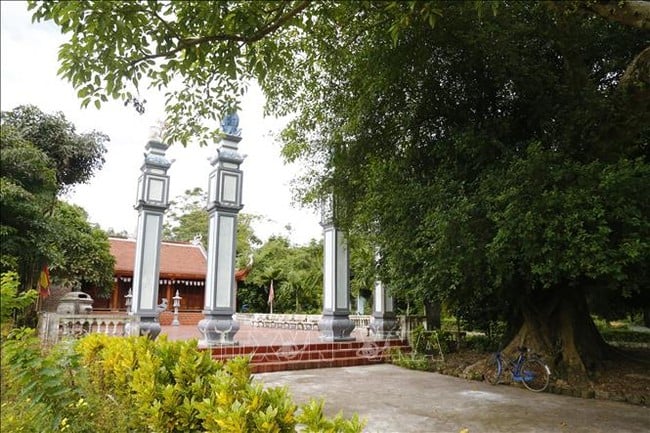
Thanh Nha Bau (Photo: Nam Suong - VNA)
The archaeological excavation work was conducted under the chairmanship of Mr. Nguyen Duc Binh, Institute of Archaeology.
The decision clearly states that during archaeological excavations, licensed agencies must pay attention to protecting the stratigraphy of the relic; are responsible for disseminating information to the people about the protection of local cultural heritage, and not announce official conclusions without the agreement of the competent authority and the Department of Cultural Heritage.
For artifacts collected during archaeological excavations, Tuyen Quang Provincial Museum and the Department of Culture, Sports and Tourism of Tuyen Quang Province are responsible for preserving and protecting them to avoid damage or loss and reporting to the Minister of Culture, Sports and Tourism on plans to protect and promote the value of those artifacts.
After the completion of the archaeological excavation, the Tuyen Quang Provincial Museum and the Institute of Archaeology must have a preliminary report and propose a plan for management and protection of the excavated area within 1 month at the latest and a scientific report within 1 year at the latest, sent to the Ministry of Culture, Sports and Tourism. Before announcing the results of the archaeological excavation, the licensed agencies must discuss and reach an agreement with the Department of Cultural Heritage.
Previously, the Institute of Archaeology (Vietnam Academy of Social Sciences) sent document No. 191/KCH to the Ministry of Culture, Sports and Tourism and the Department of Cultural Heritage requesting permission to conduct archaeological excavations at the Bau citadel relic (Tuyen Quang) for the second time.
The objective of the excavation is to search for and identify traces of the citadel wall and related architectural works, thereby seeing the distribution range of the relic, the scale of the citadel wall, and the location of the architectural works. The excavation results will contribute to providing data for the study of the process of formation of the relic, the structural characteristics, and the types of materials used in the construction of the citadel and architecture.
The excavation results also provide documents for research on the heritage value, historical and cultural value of An Khang (Tuyen Quang) in particular and Tuyen Quang province in general. On a broader scale, the excavation and research results also provide documents for studying the history of Vietnamese citadels, the history of Vietnamese architecture as well as the handicrafts in history.
Source: https://bvhttdl.gov.vn/cho-phep-khai-quat-khao-co-lan-thu-2-tai-di-tich-thanh-nha-bau-20250603141900943.htm


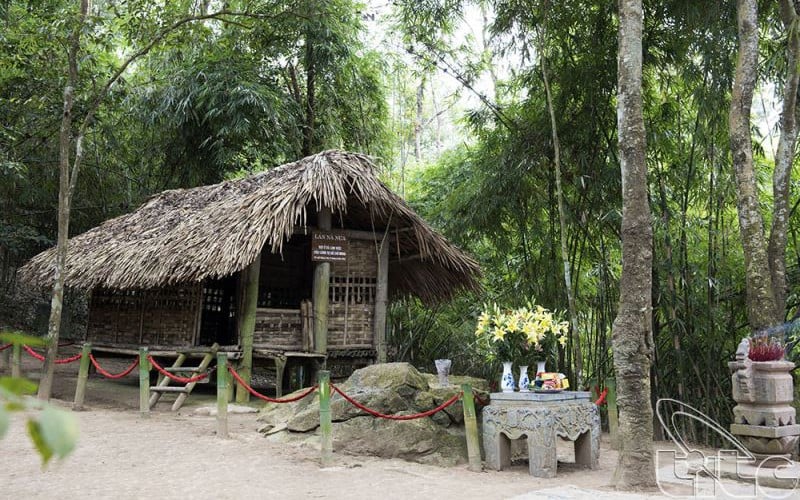








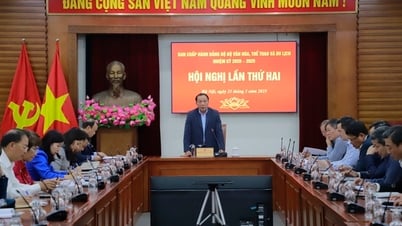



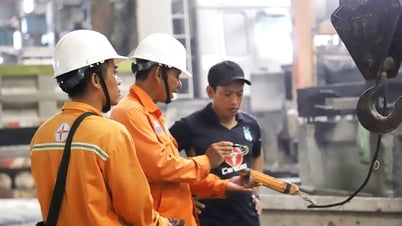





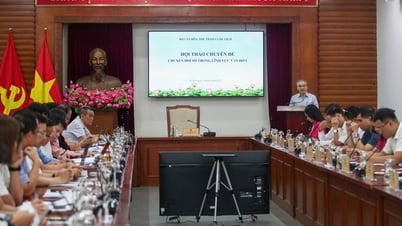



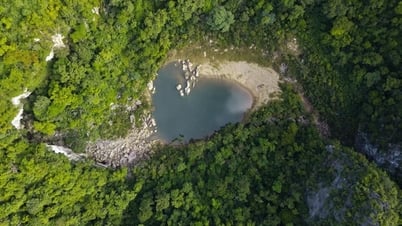








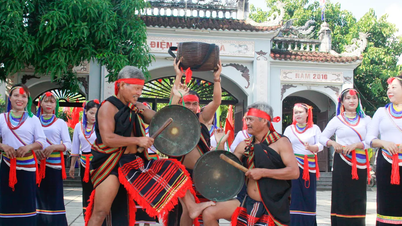

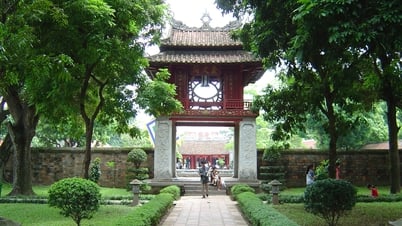

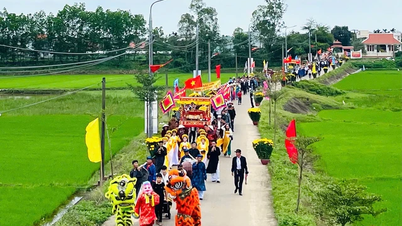














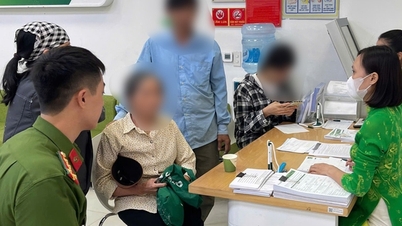


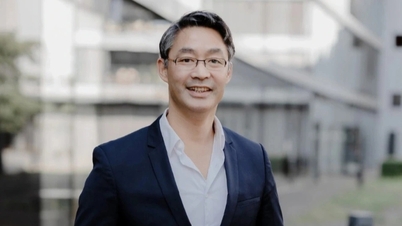











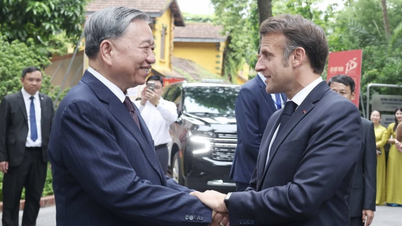


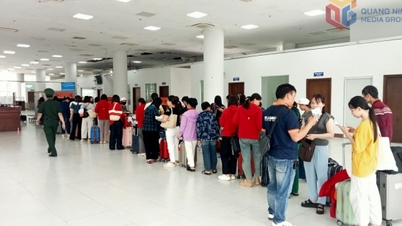




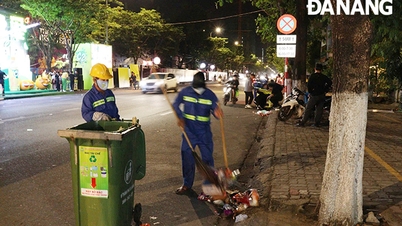


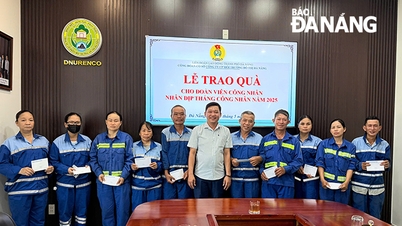





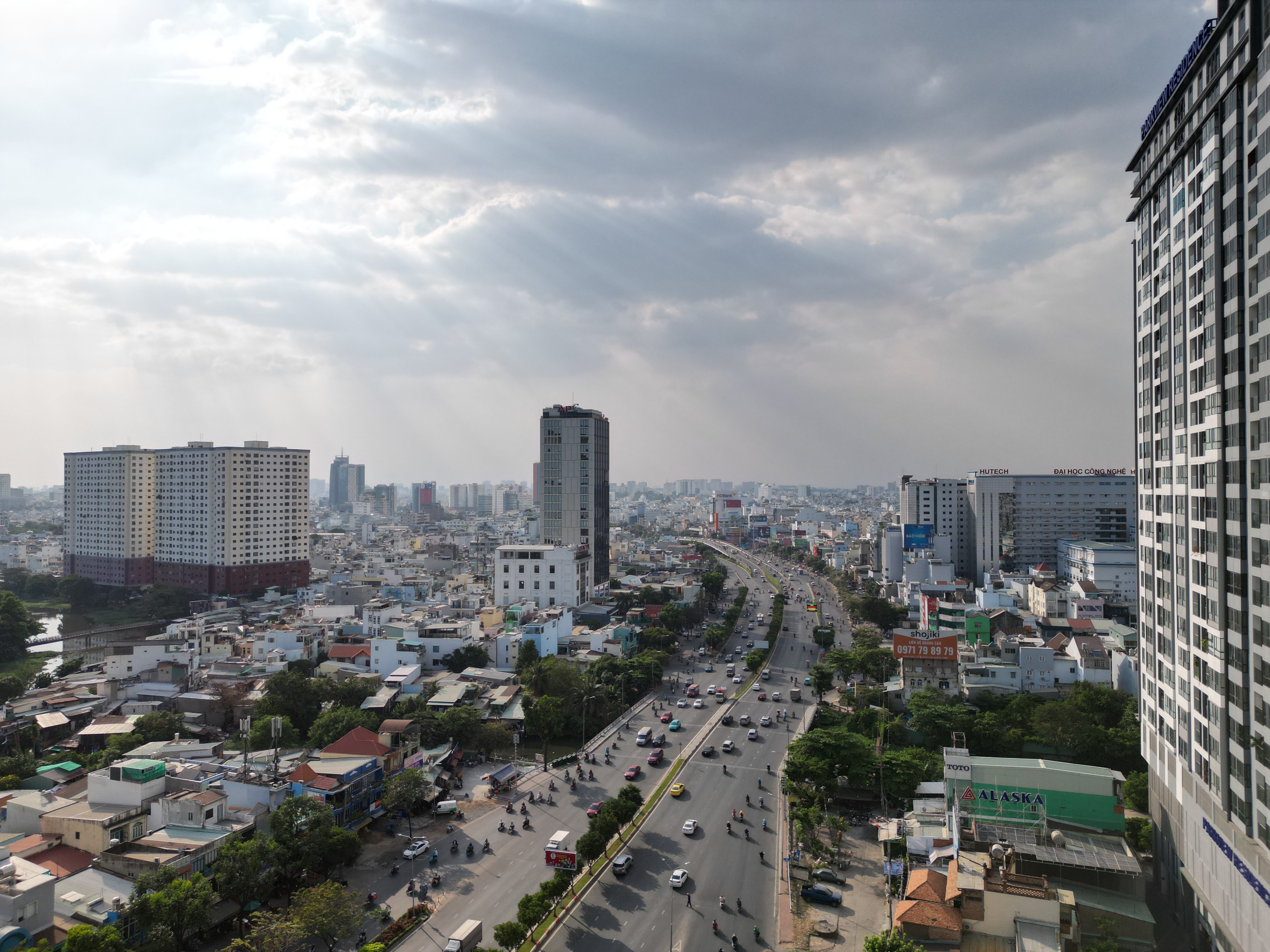



Comment (0)